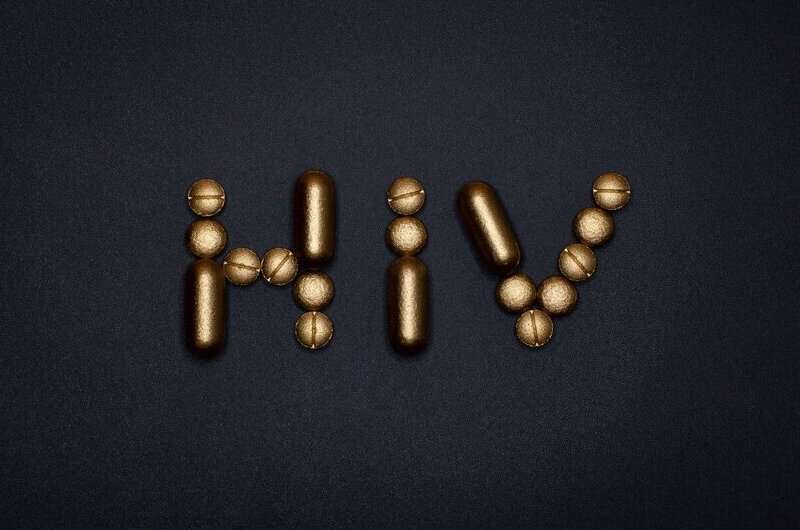Innovative 3D Cat Heart Models Enhance Understanding of Blood Clot Risks and Reduce Animal Testing

New 3D reconstructions of feline hearts offer vital insights into blood clot formation, helping to improve diagnostics and reduce animal testing while drawing parallels to human heart conditions.
Recent advancements in veterinary and medical research have led to the development of detailed 3D reconstructions of feline hearts, providing valuable insights into blood clot formation and its implications for both cats and humans. A collaborative effort between Universitat Pompeu Fabra in Barcelona and the Royal Veterinary College of London has produced these high-resolution models using cutting-edge computational techniques. Initially focusing on cats, researchers have successfully created 3D images of the left atrium, the heart region often associated with thrombus formation, which can lead to serious health issues like heart attacks.
This innovative approach involves simulating blood flow within the reconstructed hearts to identify areas prone to clotting. Key findings indicate that larger left atria, increased size of the left atrial appendage, slow blood circulation, and certain anatomical curvatures heighten the risk of thrombi. Interestingly, these patterns mirror those observed in humans, where similar factors contribute to clot development, particularly in patients with atrial fibrillation.
Studying cats offers a unique perspective because their heart morphology influences clot formation independently of arrhythmias, unlike humans where irregular heartbeats are a major factor. By analyzing the anatomy and hemodynamics in healthy and affected cats, scientists aim to pinpoint morphological risk markers, ultimately aiding in diagnosis and prevention. The project plans to extend this research to dogs, pigs, and sheep, seeking to identify which animal hearts most closely resemble human hearts and how these insights can improve veterinary and medical care.
This research not only advances understanding of cardiac pathology across species but also emphasizes reducing reliance on animal experimentation. As Andy L. Olivares from UPF explains, "With the availability of detailed 3D models, we can study these structural aspects computationally, significantly diminishing the need for invasive procedures on live animals."
The initial study, published in Scientific Reports, underscores the potential for cross-species analysis to inform therapeutic strategies and enhance preventive care for thrombus-related conditions. This innovative work exemplifies how technological advances in imaging and simulation can bridge gaps between veterinary and human medicine, ultimately saving lives and reducing animal testing.
Source: https://medicalxpress.com/news/2025-05-3d-reconstructions-cat-hearts-human.html
Stay Updated with Mia's Feed
Get the latest health & wellness insights delivered straight to your inbox.
Related Articles
Innovative Program Significantly Increases HIV Screening in Urgent Care and Emergency Departments
A new program at Intermountain Healthcare has dramatically increased HIV testing rates in urgent care clinics and emergency departments, leading to earlier diagnosis and treatment for more patients. Learn how education, alerts, and coordinated follow-up are transforming HIV prevention efforts.
Increase in Veterinary Sedative Medetomidine Detected in Opioid Overdose Cases
Medetomidine, a veterinary sedative, is now being found in illegal opioids, increasing overdose risks and complicating treatment. Learn about this dangerous adulterant spreading in the drug supply.
Recall of Over 110,000 Rich's Ice Cream Bars Due to Listeria Concerns
Over 110,000 Rich's ice cream bars are recalled due to potential Listeria contamination, posing health risks. Consumers should check their products and avoid consumption.
Addressing the Hidden Burden of Chronic Pain in Australian Children
Chronic pain affects 1 in 5 Australian children, disrupting education, mental health, and family life. Recognizing it as a distinct condition is essential for better care and support.



